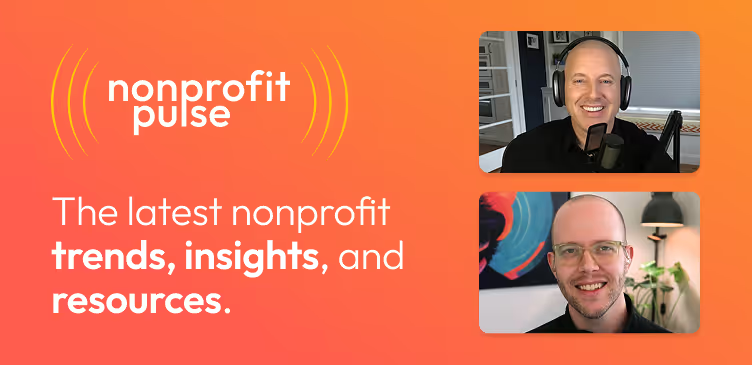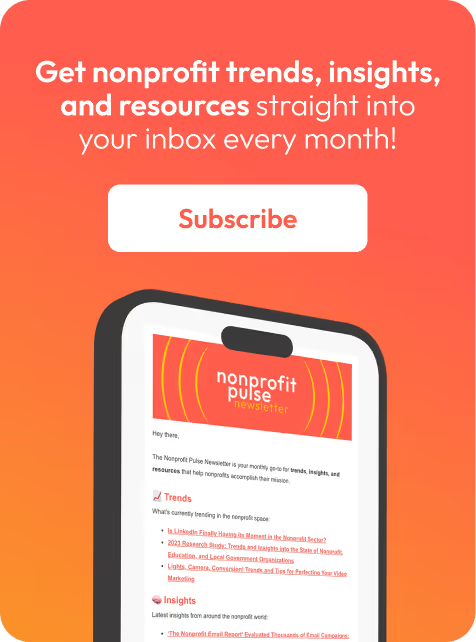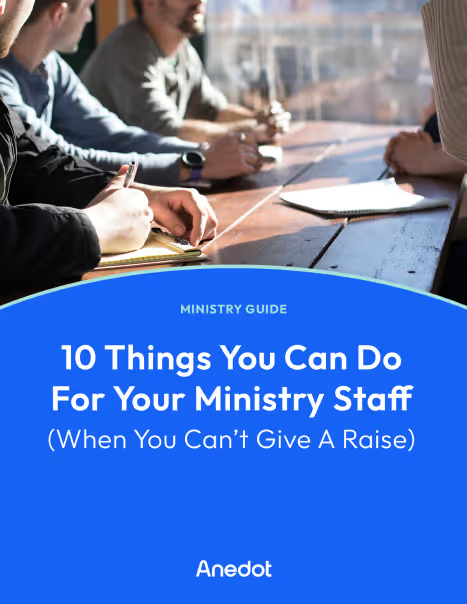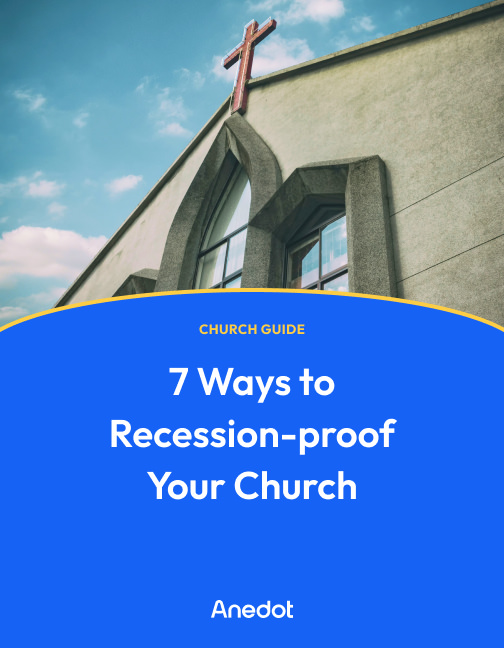Millennials aren’t the church of the future anymore - they’re the church of now. This means your church must know how to effectively reach this diverse generation to build a culture of generosity, obedience, and transformation.
Many people consider millennials to be the “Me Generation,” but is that really true? Do millennials not care about anyone but themselves?
According to Nonprofitsource, 84% of millennials give to charities. On top of that, more millennials donate to crowdfunding campaigns than Generation X and baby boomers!
Millennials are actually much more generous than they are made out to be!
In this post, we will walk you through four ways your church can reach millennials.
They are:
- Text to give
- Recurring giving
- Social media
It is important to note that all of the tactics we will mention in this blog post are online strategies. Why online? Why not talk about tools that involve checkbooks or cash? You must meet millennials online because they are digitally rooted, and active on their smartphones.
With online giving consistently increasing year after year, churches should make sure those who prefer to give online have the option to do so.
One more important fact: If you implement online giving in your church, you may even be able to increase overall donations by 32%.
All right, let’s get to it!
1. Reach millennials with text to give

Text to give, or text giving, is a creative way to leverage what almost every millennial does on a daily basis: text with their smartphones.
With text to give, church members could text “YOURCHURCHNAME” to a short phone number to give their tithes and offerings.
Keep in mind, millennials rarely carry cash or checkbooks - pair that with the fact that millennials DO almost always have their phone with them.
That makes text to give a no-brainer.
2. Engage millennials with email

The importance of building an active email list cannot be overstated.
While having a large following on social media can be valuable, know that you will always be beholden to social media companies. They can restrict reach and engagement, forcing you to pay to get your message to your audience. This is a relationship involving three parties (you, the social media platform, and your audience).
On the flip side, when you have an email list, you cut out the gatekeeper, and your line of communication becomes a relationship between two parties (you and your audience). When you have an email list, the data belongs to you - not Facebook, not Google, and not Twitter.
Note: With all that said, social media is still a valuable tool that should be used to reach millennials. We’ll cover that more in a bit.
Millennials prefer email. In a recently conducted survey, 64% of millennials said that email feels the most personal out of all other communication channels, including Facebook, Twitter, and texting.
Remember, we must meet millennials where they are. Email is a place where millennials are and a place that they consider personal.
Now that we’ve talked about why email is important with millennials, let’s dig into some best practice recommendations that you should always follow:
Include a link to the donation page
The first one is the most obvious, but often overlooked. Be sure to include a link to your donation page in your emails.
If you’re requesting donations for a particular program or initiative, be sure that the link to the donation page is prominently displayed.
If the email is not related to giving, you can still include a small “Give” link in the footer of the email.
Segment your email list
As an example, you could break out your list into two segments: One segment could be contacts who are active and consistently open emails from you.
The other segment could be contacts who have never opened emails from you.
Once you have those two segments, you can customize the messaging and send different emails to the different segments as needed.
Make sure your emails are mobile friendly
Did you know that 59% of millennials primarily use their smartphones to check email?
It is imperative that your emails are formatted properly for both mobile phones and desktop. If they are not optimized for mobile phones, you are likely to see an increase in bounces, spam reports, and un-opens.
3. Offer recurring donation options to millennials

Did you know 40% of millennial donors are enrolled in a monthly giving program?
Did you know that 52% of millennials are more likely to give monthly over a large one-time donation?
This means that your church needs to offer a recurring giving program. With the growth of monthly subscription businesses - like the Netflix, Spotify, and Stitch Fix - monthly giving is not a foreign concept.
Also, since recurring giving is usually an automated feature, givers that set up recurring donations give 42% more annually, compared to one-time donations.
4. Connect with millennials on social media

Millennials are by and large always using social media. What does this mean for churches?
Connect with millennials on social media!
By leveraging the power of social media, you can meet millennials where they are. Do not worry so much about the production of social media content.
Instead, focus on the messaging:
- Communicate authenticity
- Show impact
- Cultivate community
These types of messages are what millennials value.
You can convey this on your social media platforms by showcasing the amazing things your church is accomplishing with your financial resources.
For example, display how much the missions offering has impacted a specific mission trip by posting a photo of the mission trip online.
Closing thoughts

Online giving is essential for every church, no matter the size or age of the congregation.
It is essential for churches to offer an online giving solution in order to reach millennials.
Note: It’s not only young people who are online and using smartphones. According to Pew Research, 81% of all adults in the US have smartphones. Further, 79% of adults between the ages of 50 and 64 have smartphones. That means that millennials and seniors alike have the ability to give online right now. They don’t need to wait until Sunday - they can give right now.
There are so many ways we can increase giving with millennials.
Text to give, email, recurring giving, and social media are all ways we can leverage the power of technology to increase generosity.
Remember, millennials are one of the most generous generations! We just need to provide them with a way to give online.
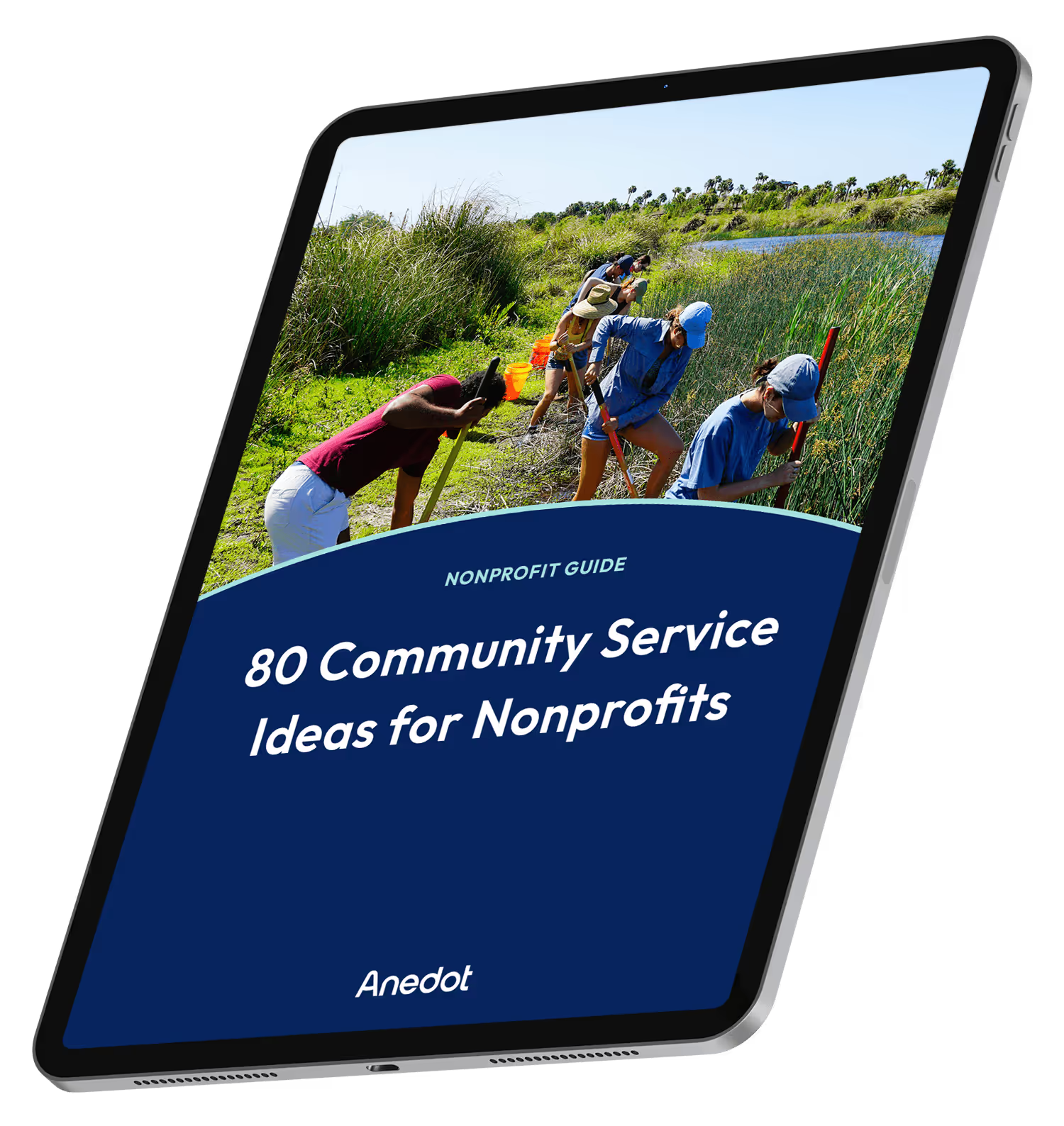
80 Community Service Ideas for Nonprofits

